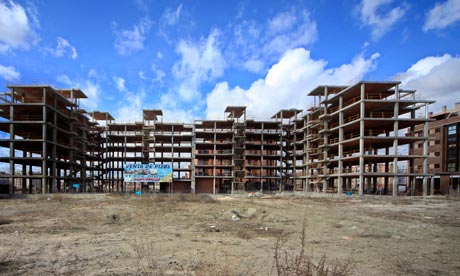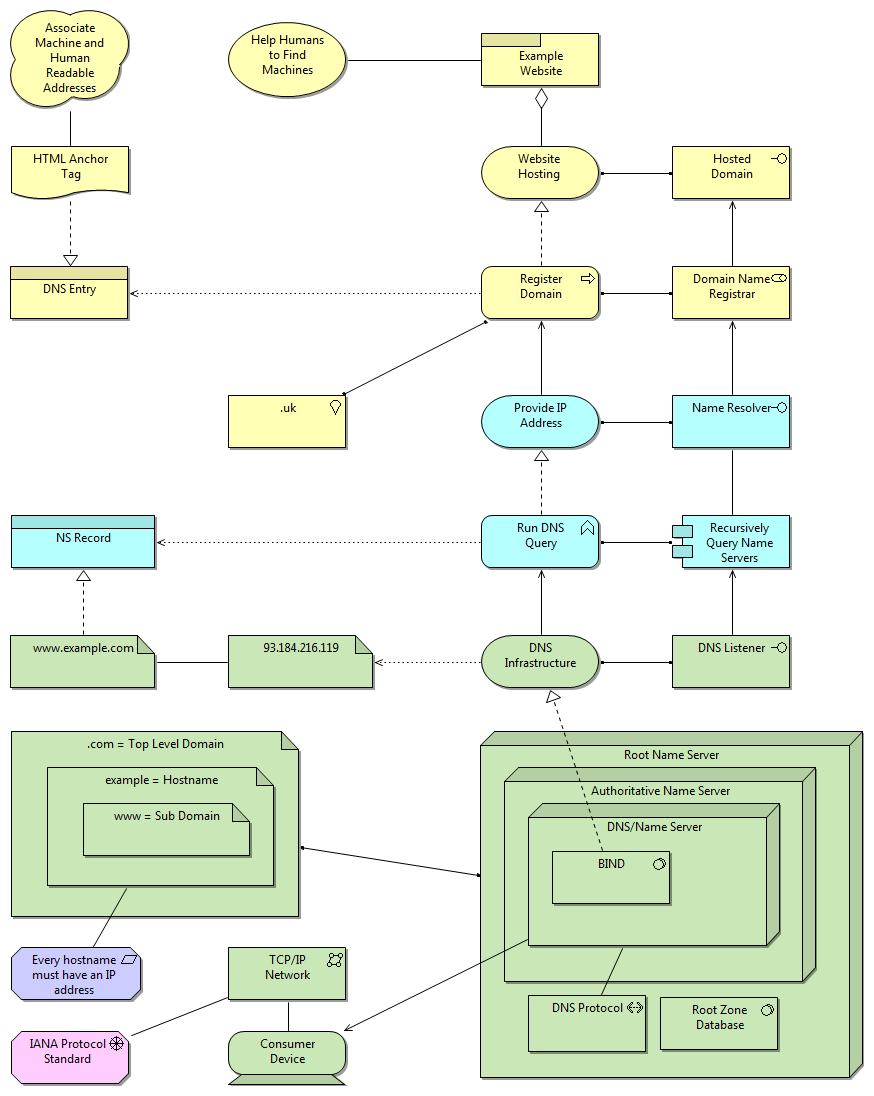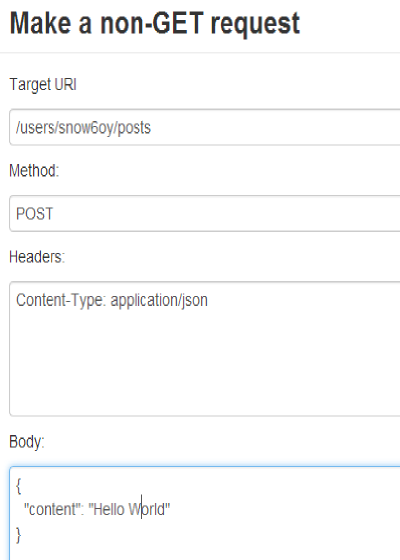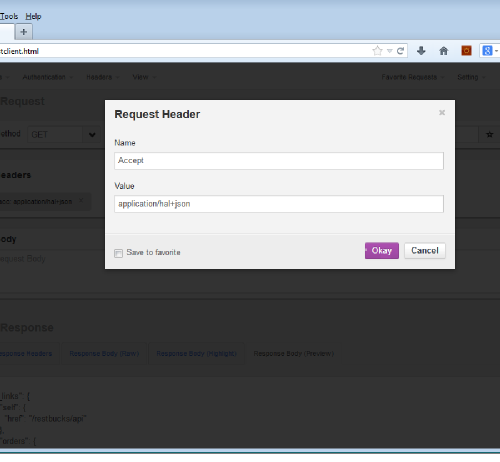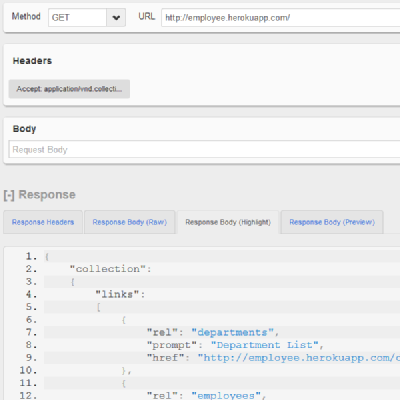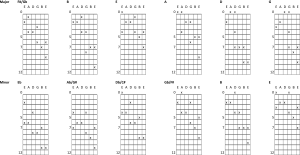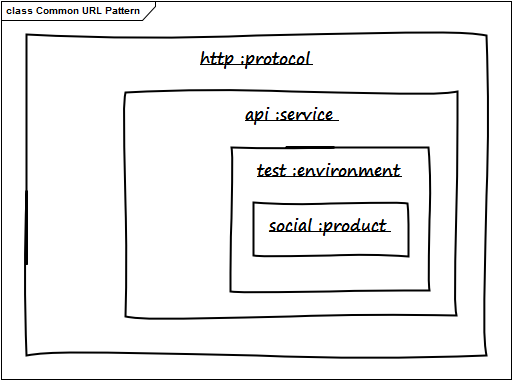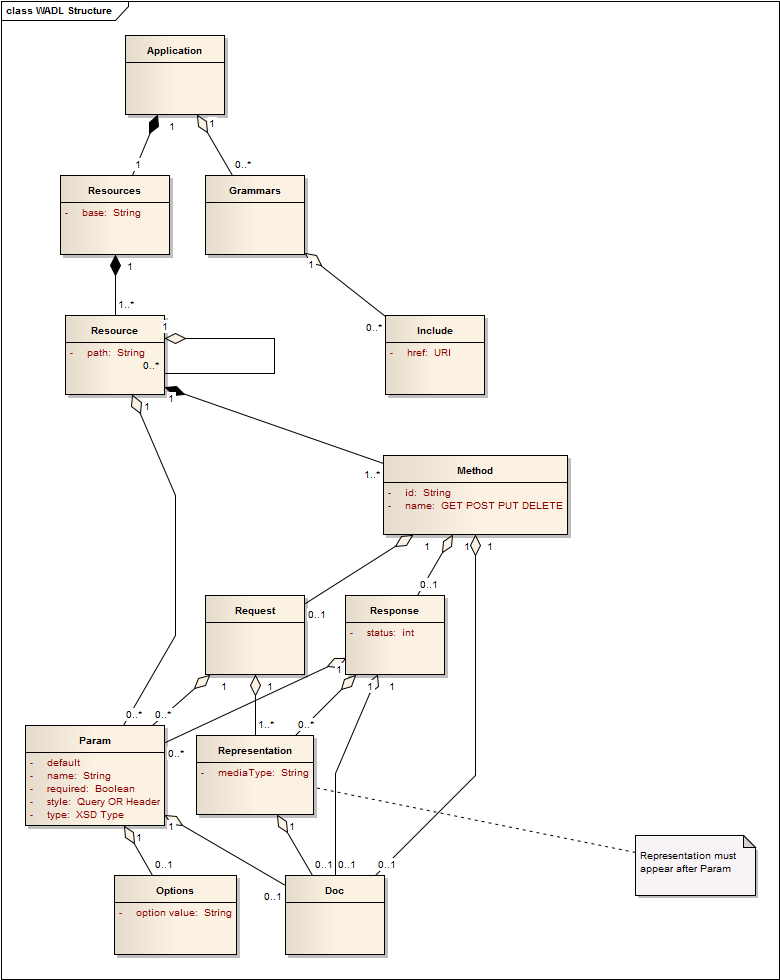Introduction to the Problem
Some things that you may, or may not know about a Wolverine.
{
"aliases": [
"glutton",
"skunk bear"
],
"range": "620 km",
"weight": "9-25 kg",
"topSpeed": "48km/h",
"lifestyle": "Solitary",
"lifeSpan": "10-15 years",
"conservationStatus": "Threatened",
"habitat": "Mountainous regions and dense forest",
"culture": "Michigan is known as the Wolverine state",
"claimToFame": "In order to steal a kill a wolverine attacked a polar bear and clung to its throat until the bear suffocated."
}
Given that the the taxonomy of the living world contains around 8.7 million species. The challenges presented by this wolverine snippet are all about catalog and index management. The navigation of a large hierarchy is therefore something that API designers need to address when designing their interfaces. REST defines constraints that help us organise resources, but REST isn’t aligned to any particular data model. We therefore need to work out how best to manage hierarchical data ourselves. This post is based on experience from the design of a working system.
Limitations of the client
Rather than tackle the tree of life, I will use a tree of “things” to help model the API design. But firstly we need to understand two important limitations of our imaginary clients.
- The maximum payload our client can manage is 512 kilobytes, i.e. half-a-meg.
- The client is pretty dumb and will not be able to traverse the hierarchy without assistance.
Introducing a tree of things
The total number of things in our fictitious tree is 258. Things are nested down to a depth of three. Each thing contains exactly six other things. The following diagram shows a slice of the tree.

The things are named using the following convention.
A1 B10 .. B16 C100 .. C106
A2 B20 .. B26 C201 .. C206
...
A6 B60 .. B61 C600 .. C601
In the tree of things the smallest payload that a node can return is 96 kilobytes. Doing the maths and the total size of the model works out at 4.03 megabytes (4,128 kb).
| level |
kilobytes |
numOfItems |
|
|
| A |
96 |
6 |
| B |
576 |
36 |
| C |
3,456 |
216 |
|
|
|
|
4,128 |
258 |
In the common scenario the client would access the API with the following request.
GET /things/A/B/C/204
And the server would respond as follows:
{
"id": "C204",
"items": [ 1, 2, 3, 4, 5, 6 ]
}
We are pretending that each item is 16 kilobytes and so we’re happy that the total 96 kilobytes is well within the required payload limit. This okay for the happy path but as-it-stands the design exposes a lot of loose endpoints. For example, what should the server do with the following request?
GET /things/
The server cannot respond with everything in A, plus all the B things together with their C descendants because the payload would be 4.03 mb, i.e. the full hierarchy. Perhaps a more reasonable response would be to remove the B and C descendants leaving just those in the range A1 to A6. Hmm, but now we’re starting to make assumptions about the request .. let’s play safe for now and just tell the client they asked for too much.
GET /things/ # 416 Requested Range Not Satisfiable
Using this approach I can complete my API design.
GET /things/A/B/C/204 # 200 Success
GET /things/A # 416 Requested Range Not Satisfiable
GET /things/ # 416 Requested Range Not Satisfiable
GET /things/A/1/B/10 # 200 Success
GET /things/A/3 # 200 Success
At this stage the design is functional as it satisfies our minimum payload criteria. But it isn’t that easy to navigate. The top-level responses are blocked, and those responses that are returned are simply a flat list. It’s hard for my dumb client to know what to do with these. A response like this would be an improvement.
{
"id": "A3",
"items": [
{
"id": "B30",
"items": [
{
"id": "C300",
"items": [
/* more items here */
]
},
/* and more here too */
]
}
]
}
Although this creates a payload problem (it weighs in at 688 kb) it shows promise because I can start to educate my client about the nature of the hierarchy.
Using depth to control the payload
To help the client get to know the tree of things without breaking the payload, I add the following parameters to my design.
GET /things/A/3/A/B
This meaning of the additional A/B parameter is to instruct the server to give me the descendants of B, as well as the list of A items that were discussed previously. Here’s the response.
{
"id": "A3",
"items": [
{
"id": ["B31", "B32", "B33", "B34", "B35", "B36"]
}
]
}
Effectively I’ve filtered out C and thus got my payload down to 112 kilobytes. The client has a response that matched the request and thus enough information to start the descent into the hierarchy.
Using hypermedia to improve on the 416 method and help discovery
The new controls allow the client to control the depth of the nested response but there is still room for improvement. If the client initially goes for data that is out of the bounds of my payload limit, then the server must still return an error.
GET /things/A/3/A/B/C # 416 Requested Range Not Satisfiable
After receiving the 416 response they have to try again by trimming the depth back to A/B. But how can my dumb client figure this out from a 416 status code? This is where HATEOS can help! As the server knows the payload limits it can construct compliant URLs and pass those onto the client. For example.
{
"id": "A3",
"links": {
"next": "/things/A/3/A/B",
"prev": null
}
}
Using the links part of the response we can now return a 200 whenever the request has gone out-of-bounds. The links redirect the client towards the part of the hierarchy that can be reached from the current location. To achieve this the client has some simple logic to perform.
if (res.links) {
callService(res.links);
} else if (res.items) {
renderItems(res.items);
} else {
// panic!
}
In summary, the features of the API design.
- Allow the depth of the response to be specified in the request.
- Return links rather than errors when the requested payload size is excessive.
- The navigational links should be sensitive to the current location in the hierarchy.
- The links communicate to the client the maximum depth that a resource can support when providing a response.
To finish off let’s briefly return to our wolverine. Assuming that we are able to discover the wolverine endpoint through navigation, we would end up with something like the following.
GET /species/vertebrates/carnivores/weasels/wolverine
{
"id": "wolverine",
"items": { /* snipped wolverine facts */ },
"links": {
"next": [
"/species/vertebrates/carnivores/weasels/wolverine/luscos",
"/species/vertebrates/carnivores/weasels/wolverine/gulo"
],
"prev": "/species/vertebrates/carnivores/weasels"
}
}
The wolverine item fits ours size requirement and so we get the payload. As it turns out there are two sub-species (American and European) we get some further navigation too. It would be fun to prove this out with a really big data set and see how well the model holds up. I hope this walk-through has illustrated some of the problems and solutions surrounding API design and large hierarchies.
